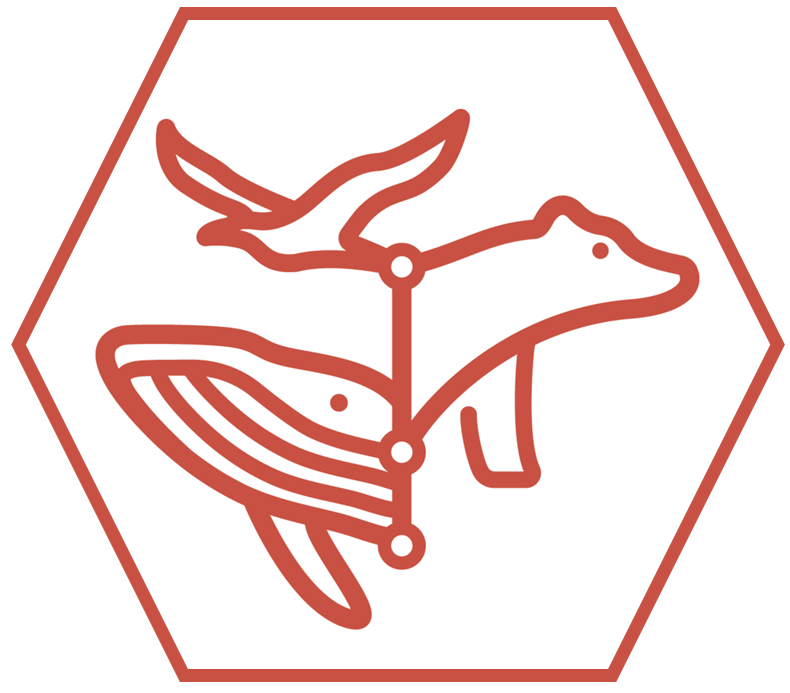finFindR: Top 10 ‘Most Cited’ Marine Mammal Science Papers
Fin matching paper among top 10 most cited articles in Marine Mammal Science during 2022 and 2023
Wiley reported today that our paper, finFindR: Automated recognition and identification of marine mammal dorsal fins using residual convolutional neural networks, is one of the top 10 most-cited papers in Marine Mammal Science among work published between 1 Jan 2022 and 31 Dec 2023. Yeah!
Veracity
Wiley notified authors of this “Top 10” achievement by email, and emails of this sort are suspicious. Spam, phishing, and sales emails would say similar things.
The links in Wiley’s email were legitimate. They linked to a sub-domain of wiley.com. The electronic certificate (Figure 1) did not cost anything. Neither Wiley nor Marine Mammal Science tried to sell me anything.
I spent 1/2 hour attempting to check the accuracy of the “top 10” claim. The Marine Mammal Science website claimed 13 citations (as of today). I initially felt 13 citations was too low for a “top 10” paper, but I do not track citation accumulation in marine mammal work. Thirteen current citations equates to 1 every 2 months (approximately) and that seems pretty good considering finFindR is only used in dolphin photo-id studies.
Actually verifying the “top 10” statement would take more time. To verify, one would download Marine Mammal Science citations during the past 2 years from a citation accumulator such as Google Scholar, ResearchGate, or Academia.edu. From there, one could compute citations by title, and sort. The Wiley email says they used Clarivate Analtics to compile citations of Marine Mammal Science articles. Clarivate is the new-ish version of Web Of Science and one of the more trusted citation accumulators. Unfortunately of me, Clarivate is a subscription service. When some spare time opens up, I plan to do this verification with citations from non-Clarivate sources. If this kind of citation frequency quantile were repeated for all publications by an author, it would be yet another measure of research impact.
For now, I will trust that this paper is actually among the top 10 most cited. Congratulations to my co-authors. The paper in question was a metric ton of work, involving years of coding and weeks of verification work. I am proud of it. The abstract is here, and the free-to-read-online paper is here.

